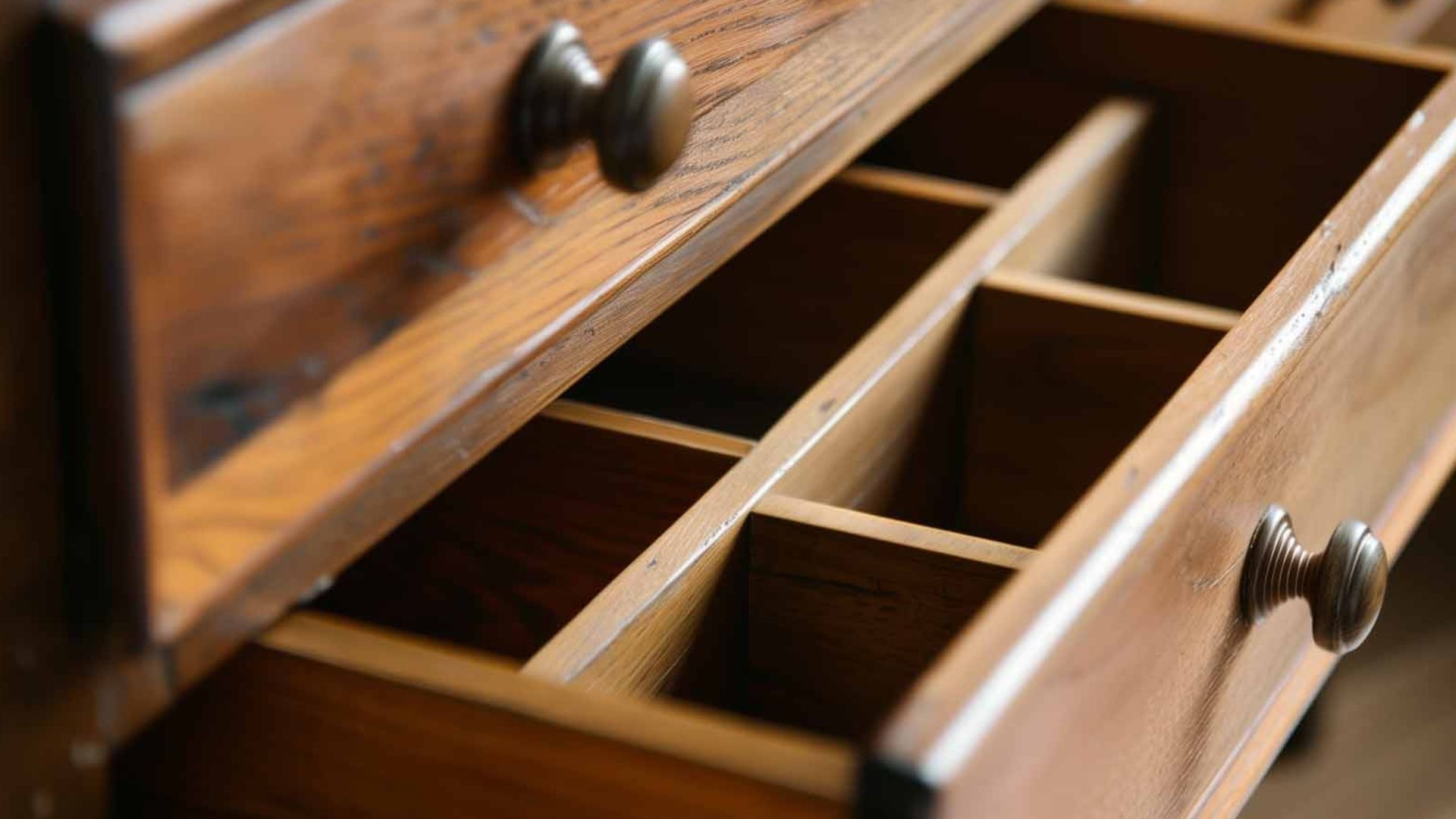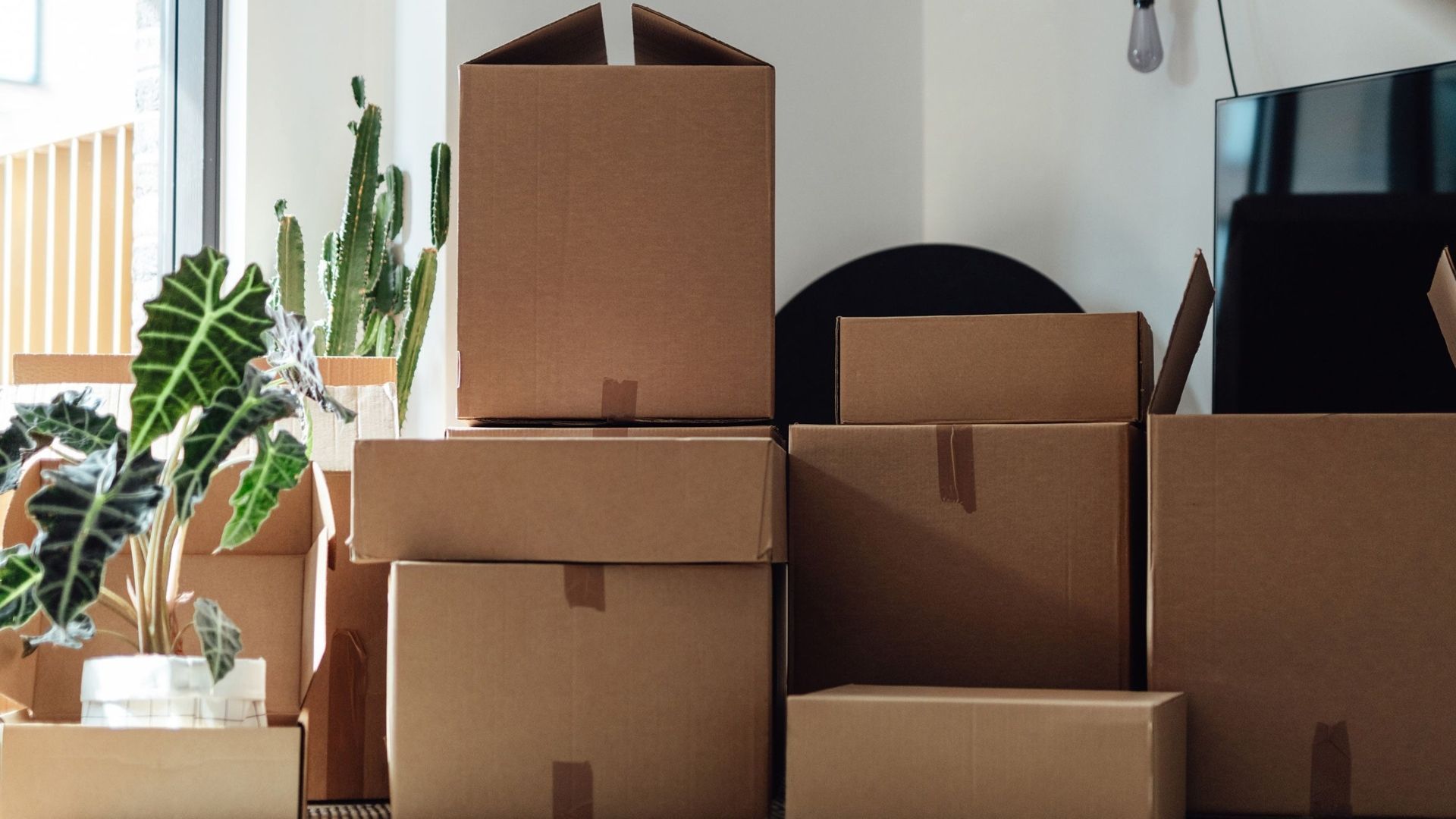Is It Better to Pack Clothes in Bags or Boxes When Moving?
Yes, it depends on the type of clothes and your moving situation. Boxes work best for everyday clothes you can fold or roll, while bags are perfect for hanging clothes and bulky winter items. Most people use a mix of both methods to pack clothes smart and save money.
Moving clothes can feel tricky. You have so many different types - from heavy winter coats to delicate dresses to everyday t-shirts. The good news? You don't have to pick just one way. Smart movers use boxes for some clothes and bags for others. This guide will show you exactly when to use each method, plus money-saving tips that work.
When to Use Boxes for Packing Clothes
Best Clothes for Boxes
Cardboard boxes work great for clothes that can be folded or rolled without damage. Here's what goes in boxes:
- T-shirts and casual tops
- Jeans and pants
- Underwear and socks
- Pajamas and loungewear
- Workout clothes
- Children's clothing
Pro tip: Use small to medium boxes for packing clothes as larger boxes can quickly become too heavy. A box that's too heavy can break or hurt your back.
Advantages of Using Boxes
Boxes offer several benefits for packing clothes:
- Easy to label - You'll know what's inside each box
- Stack well - Saves space in the moving truck
- Protect clothes - Keep items clean and dry
- Standard sizes - Fit perfectly in moving trucks
How to Pack Clothes in Boxes the Right Way
Follow these steps to pack clothes in boxes like a pro:
- Line the box - Line it all around with packing paper and be sure to cover the top with it as well. This will help keep cardboard fibers off your clothing
- Fold or roll - Fold bulky items like sweaters. Roll lighter items like t-shirts to save space
- Layer carefully - Put heavy items on the bottom, light items on top
- Don't overstuff - Leave a little room so the box doesn't break
- Label clearly - Write what's inside and which room it goes to
When to Use Bags for Packing Clothes
Perfect Clothes for Bags
Bags work better for certain types of clothes:
- Hanging clothes - Dresses, suits, button-up shirts
- Bulky winter items - Coats, jackets, sweaters
- Delicate fabrics - Silk, lace, expensive items
- Out-of-season clothes - Items you won't need right away
Types of Bags for Moving Clothes
Wardrobe Boxes
These are tall boxes with a metal bar for hanging clothes. Wardrobe boxes are the best way to pack clothes for moving that are high-quality, valuable, etc., as it prevents them from being folded or rolled inside bags and boxes.
Best for: Expensive suits, dresses, work clothes
Vacuum-Sealed Bags
These bags remove air to make bulky items smaller. Research shows that household spending on clothing averages over $1,000 per year, making proper protection during moves crucial. Vacuum compression reduces textile volume down to 20% or less original size once air evacuated fully.
Best for: Winter coats, comforters, pillows, out-of-season clothes
Warning: Don't pack them in vacuum sealed storage bags unless you want them misshapen. Garments such as fluffy coats and insulated jackets have plenty of air trapped inside to function how it's supposed to. Use vacuum bags carefully with expensive items.
Garbage Bags
A cheap, quick option for hanging clothes. Group your clothes on their hangers, cover them with the garment or garbage bag and tie them securely at the bottom.
Best for: Basic hanging clothes, temporary moves
Suitcases and Duffel Bags
Use what you already own! Using suitcases for moving clothes has the added advantage of being practical and cost-effective. Plus, chances are you already have a few lying around.
Best for: Clothes you'll need right away, heavy items like jeans
Cost Comparison: Bags vs Boxes
Moving Boxes Cost
- Small boxes: $1-3 each
- Medium boxes: $2-4 each
- Wardrobe boxes: $8-15 each
Bag Options Cost
- Vacuum bags: $10-20 for a pack
- Garbage bags: $5-10 for a box
- Suitcases: Use what you own (free!)
Money-saving tip: Mix methods to save cash. Use your own suitcases for heavy clothes, then buy fewer boxes for the rest.
Professional Packing Services vs DIY
The average cost for packing pro is $50 per hour. Hiring a packer to help you prep for moving or storage, you will likely spend between $50 and $80 per hour.
When to Hire Professionals
Consider professional packing services if you have:
- Very expensive clothes
- Limited time before moving
- Back problems or injuries
- Lots of delicate items
DIY Packing Benefits
Pack yourself to:
- Save $200-500+ on labor costs
- Keep control of your belongings
- Pack at your own pace
- Learn what's in each container
Time-Saving Packing Strategies
Pack by Season
Smart movers pack out-of-season clothes first. If it's summer, go ahead and box up those winter items. If it's winter, you won't need those bathing suits any time soon.
Use the Dresser Trick
Remove your dresser drawers and place neatly folded clothes into each one. Use packing stretch wrap around the drawer to keep the clothes from falling out or getting dirty. When you arrive, just unwrap and slide the drawers back in!
Pack an Essentials Bag
Pack a suitcase with clothes for your first week. Pack a separate bag with enough clothes, toiletries, and other daily necessities to last you for a few days after moving in. You won't have to dig through boxes to find clean clothes.
Common Packing Mistakes to Avoid
Using Plastic Containers for Long Moves
Plastic containers work well for shorter-distance moves, but they may crack under the pressure (literally) of a cross-country one. Stick with cardboard boxes for long-distance moves.
Packing Dirty Clothes
Always wash clothes before packing. We recommend washing or dry cleaning all your clothes before moving because you don't want to open a box of sweaty (possibly mildewy clothing) after they have spent days in a box. The Centers for Disease Control warns that damp clothing can develop mold and mildew, which can cause health problems.
Mixing Room Items
Don't load a box with a mix of kitchen items and bathroom pieces, or bedroom decor with living room storage. Keep each box focused on one room.
Overpacking Boxes
Heavy boxes break and hurt backs. Keep clothing boxes under 50 pounds.
Special Considerations for Different Move Types
Local Moves (Under 50 Miles)
For short moves, you can:
- Use garbage bags for hanging clothes
- Transport some clothes in your car
- Mix packing methods without worry
Long-Distance Moves (Over 50 Miles)
Long moves need extra protection:
- Use boxes instead of plastic containers
- Add moisture protection with silica packets
- Pack expensive clothes separately
- Consider professional moving services for valuable items
If you're planning a long-distance move, extra planning pays off.
Apartment Moves
Apartment movers face unique challenges:
- Limited elevator time
- Narrow hallways and stairs
- Quick turnaround times
Pack efficiently with lightweight boxes and use suitcases with wheels.
What the Moving Industry Says
According to U.S. Census migration data, the average age of people moving in 2023 was 23.4. Young movers often have less stuff but tighter budgets. Using a mix of bags and boxes helps save money.
Here's a surprising fact: According to a recent survey it takes Americans an astounding 182 days on average to unpack their last box after moving to a new house. Good packing and labeling helps you unpack faster!
The American Trucking Association reports that the moving and storage industry contributes $92.2 billion in economic activity annually. With millions of Americans moving each year, proper packing techniques can save both time and money during this major life event.
Regional Considerations for Canada
If you're moving in Alberta, weather matters. Edmonton winters are harsh, so:
- Pack winter clothes in waterproof containers
- Use vacuum bags for bulky coats (but not down-filled items)
- Keep a winter outfit accessible for moving day
For moves around Edmonton, local movers know how to protect clothes from prairie weather.
Environmental Impact
Eco-friendly packing choices:
- Reuse boxes from stores
- Use clothes as padding for fragile items
- Choose reusable moving bags over single-use options
- Donate boxes after moving
According to the Environmental Protection Agency, Americans generate over 67 million tons of paper and cardboard waste annually. Reusable moving bags reduce the reliance on single-use cardboard boxes, decreasing waste and promoting sustainability.
Final Thoughts
The best way to pack clothes for moving isn't just boxes or just bags - it's using the right tool for each job. Use boxes for everyday clothes you can fold. Use bags for hanging clothes and bulky items. Mix methods to save money and protect your clothes.
Start packing clothes early, about 2-3 weeks before moving day. Pack out-of-season items first, then work toward the clothes you wear daily. Label everything clearly so unpacking is easier.
Remember, moving doesn't have to be stressful. With the right packing strategy and maybe help from professional movers, you'll have your clothes unpacked and organized in your new home quickly.
Whether you're moving across Edmonton or across Canada, the key is planning ahead and using the packing method that works best for each type of clothing. Your future self will thank you when you're settling into your new space with clean, organized clothes ready to wear.



